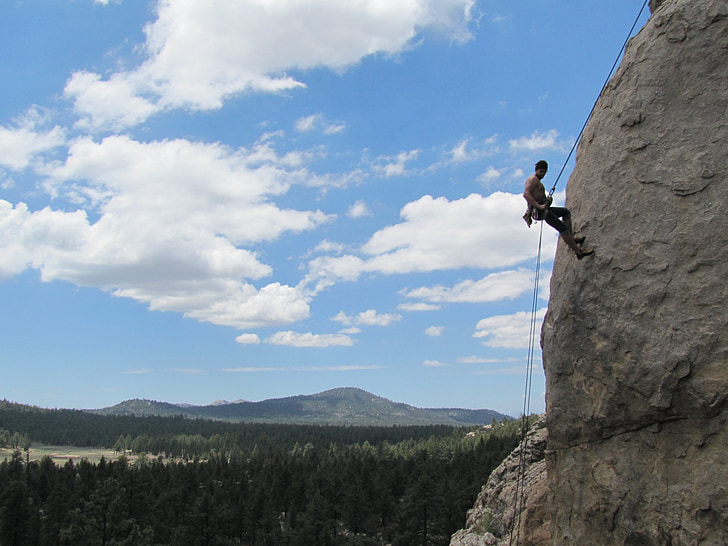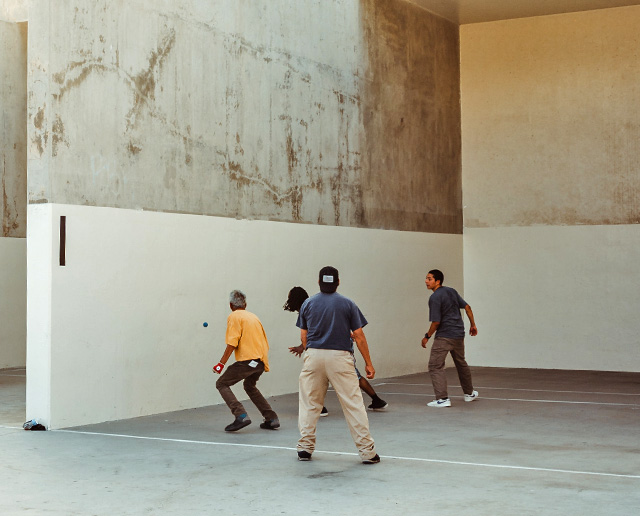General Rules of Abseiling
Abseiling, also known as rappelling, is a technique for descending a steep slope using a rope. It is commonly used by rock climbers, mountaineers, and rescue workers. The word “abseiling” is derived from the German word “abseilen,” which means “to rope down.”

The history of abseiling is closely tied to the history of rock climbing and rope work. Rope work has been used for centuries by sailors, forestry workers, and rescue workers, and these techniques were eventually adapted for use in rock climbing.
The first recorded instance of abseiling is credited to Jean-François Gravelet, also known as “The Great Blondin,” who was a famous tightrope walker and acrobat in the 19th century. In 1859, he used a rope and a brake bar to descend a slope in the Alps, and this is considered the first recorded instance of abseiling.
Since then, abseiling has become an important tool for rock climbers and mountaineers, as it allows them to safely descend from a climb or to reach the base of a climb. It is also used by rescue workers to reach people in need of assistance in difficult-to-access areas.
Scoring in Abseiling
There is no formal scoring system for abseiling. In recreational or competitive rock climbing, points are typically awarded based on the difficulty of the route and the style in which it is climbed. However, in abseiling, the focus is on safely and efficiently descending a vertical or steep incline using a rope.
In a rescue setting, the speed and efficiency with which the rescuer is able to reach and assist the victim may be a factor in the success of the operation, but this would not be considered a formal score.
Common Terminologies in Abseiling
Here are some common terms that are used in abseiling:
- Belay: A system used to protect a climber from falling.
- Braking hand: The hand that controls the speed of the descent by applying pressure to the rope.
- Rappel: Another term for abseiling.
- Rappel anchor: The point from which the abseil rope is suspended.
- Rappel device: A mechanical piece of equipment used to control the descent.
- Rope: The main component of an abseiling setup, used to descend a vertical or steep incline.
- Tie-in point: The point on the harness where the rope is attached.
- Harness: A piece of equipment worn around the waist and legs to secure the climber to the rope.
Precautions in Abseiling
There are several precautions that should be taken when abseiling:
- Use a harness and other protective equipment, such as a helmet, as appropriate for the situation.
- Use a dynamic rope, which is designed to stretch and absorb shock, rather than a static rope.
- Check all equipment for wear and damage before using it.
- Use a reliable anchor system to secure the rope.
- Use a belay device to control the descent and ensure a secure connection to the rope.
- Always have at least one hand on the rope at all times while abseiling.
- Communicate clearly with your partner and follow established procedures.
- Be aware of your surroundings and any potential hazards, such as loose rock or overhead obstacles.
By following these precautions, you can help to reduce the risks associated with abseiling and ensure a safe and enjoyable experience.
General Rules of Abseiling
Here are ten general rules of abseiling:
- Wear appropriate personal protective equipment, including a helmet, harness, and climbing shoes.
- Use a climbing rope that is rated for abseiling and is in good condition.
- Always tie a knot in the end of the rope to prevent it from slipping through the anchor.
- Set up the anchor using appropriate knots and rigging techniques.
- Test the anchor before trusting your weight to it.
- Secure the rope to your harness using a figure-eight knot or similar knot.
- Control your descent using your hands and feet, and keep at least one hand on the rope at all times.
- Use proper body positioning to maintain control and balance while abseiling.
- Be aware of your surroundings and stay away from any hazards.
- Follow all instructions and guidance from experienced instructors or guides.
In conclusion, abseiling is a technique used to descend a vertical or steep incline using a rope. It is an essential skill for rock climbers and is also used in a variety of other settings, such as military, search and rescue, and industrial work. There is no formal scoring system for abseiling, and the focus is on safely and efficiently descending the incline. It is important to take precautions, such as using protective equipment and following established procedures, to reduce the risks associated with abseiling.






